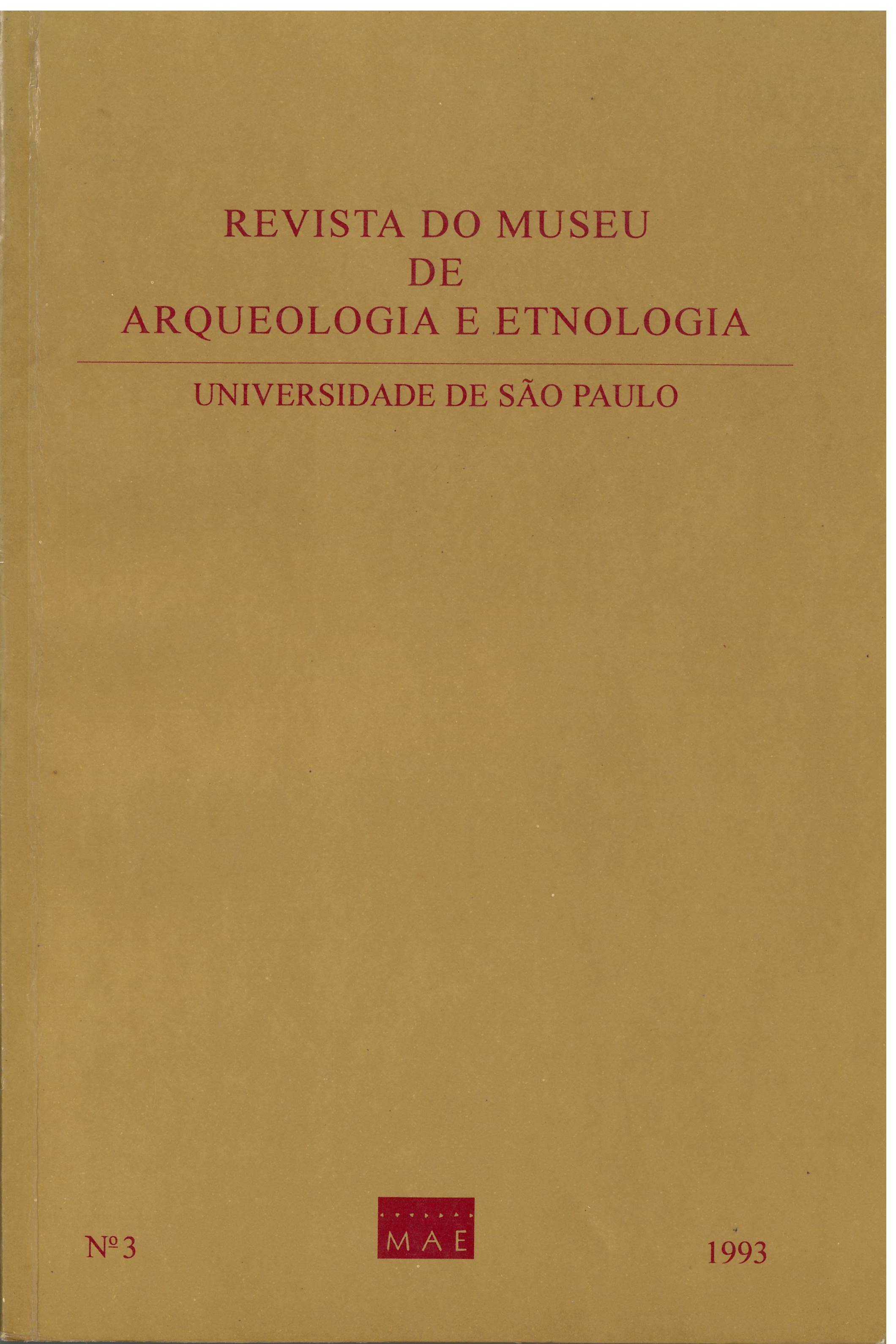Effects of the squatting habits on the talus and tibia o f prehistoric and modem indigenous groups of Brazil.
DOI:
https://doi.org/10.11606/issn.2448-1750.revmae.1993.109159Palabras clave:
Squatting habits-talus/tibia - Brazilian indiansResumen
This paper deals with comparative analyses of the ocorrence of bone-remodelling on the talus and tibia of prehistoric and modem indigenous brazilian groups due to squatting habits. Observations on the talus included: location, size, shape of squatting facets’ and extentions of trochlear face left and right sides, as well as the prolongation and curvature degree of the anterior portion of the medial malleolar face in 182 adults (116 males - 66 females). The causal effects of the squatting position on the distal epiphysis of their tibias were also observed. The literature on the subject was revised and discussed and our results were compared with it. The close similitude in osteological configuration among various populations may be due to resem blance in habits and existence conditions. Therefore the brazilian indigenous series is closer to the australian and indian series and greatly contrasting to the modem european or egyptian series.Descargas
Los datos de descarga aún no están disponibles.
Descargas
Publicado
1993-12-05
Número
Sección
Artículos
Licencia
Derechos de autor 1993 Marília Carvalho de Mello e Alvim, Dorath Pinto Uchôa

Esta obra está bajo una licencia internacional Creative Commons Atribución-NoComercial-SinDerivadas 4.0.
Cómo citar
MELLO E ALVIM, Marília Carvalho de; UCHÔA, Dorath Pinto. Effects of the squatting habits on the talus and tibia o f prehistoric and modem indigenous groups of Brazil. Revista do Museu de Arqueologia e Etnologia, São Paulo, Brasil, n. 3, p. 35–53, 1993. DOI: 10.11606/issn.2448-1750.revmae.1993.109159. Disponível em: https://www.journals.usp.br/revmae/article/view/109159.. Acesso em: 18 may. 2024.













